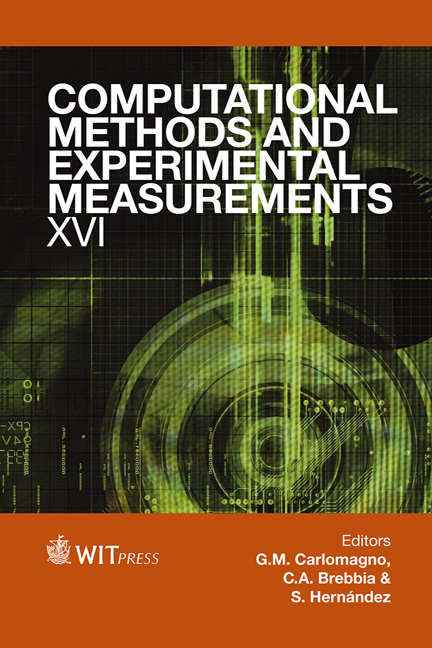Experimental Study On A Compactmethanol-fueled Reformer With Heatregeneration Using Ceramic Honeycomb(third Report: Observation Of Reaction Structureand Its Effect On Reforming Characteristics)
Price
Free (open access)
Transaction
Volume
55
Pages
11
Page Range
207 - 217
Published
2013
Size
556 kb
Paper DOI
10.2495/CMEM130171
Copyright
WIT Press
Author(s)
Y. Rai, H. Kogame, K. Tatsumi & K. Nakabe
Abstract
A ceramic honeycomb is applied to a 1-kW class compact tubular-type fuel reformer based on non-catalytic partial oxidation (POX) of methanol. Liquid methanol was used due to its easy handling characteristics. It is confirmed that POX in a super-rich condition can be sustained within the reactor. In most conditions, the reaction was stabilized near the outlet surface of the ceramic honeycomb where the maximum temperature is observed. The maximum temperature reaches approximately the adiabatic flame temperature, therefore, the ceramic honeycomb works as an adiabatic layer and a reaction stabilizer which can sustain the reaction at a certain location. The location of the reaction varies with regard to the thermal load conditions. Stable and high conversion rate was obtained when the reaction is stabilized on the outlet surface of the ceramic honeycomb. This robust feature of reaction stabilization is a significant characteristic of the ceramic honeycomb. The reaction characteristic and its effect on the reforming performance are investigated in this study using detailed measurements of temperature distributions and gas components. Keywords: fuel reformer, methanol, non-catalytic partial oxidation, heat regeneration, porous material.
Keywords
Keywords: fuel reformer, methanol, non-catalytic partial oxidation, heatregeneration, porous material.





